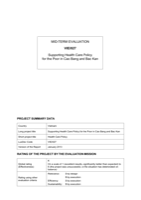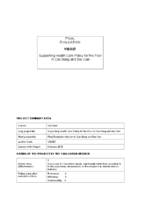Information
This project is closed since 31.12.2015.
- Country
- Vietnam
- LuxDev's Regional office
- Asia Office
- Partner execution agency
- Cao Bang and Bac Kan Provicial People’s Committee - Ministry of Health
- PIC 2
- 2006 - 2010
- Implementation period
- 2 April 2009 - 31 December 2015
- Total duration
- 81 months
- Total budget
- 6,899,100 EUR
- Contribution breakdown
-
- Luxembourg Government
6,499,100 EUR - Local Contribution
400,000 EUR
Mid-term evaluation
Final evaluation
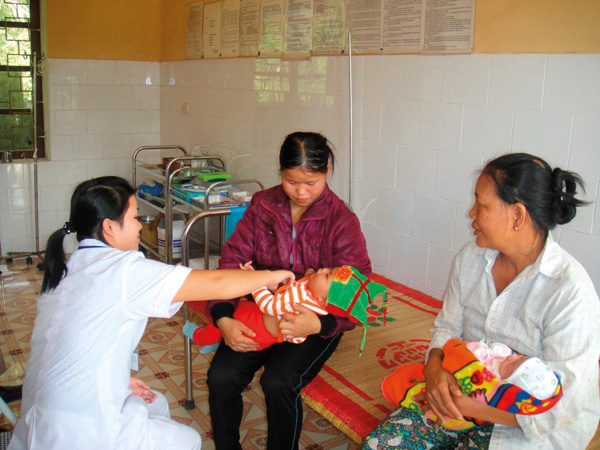
The project supports the provincial authorities in Bac Kan and Cao Bang in the implementation of pro-poor health policies. The population of these two provinces are among the poorest in Vietnam. To improve their health, the project focuses on access to quality primary health care services and looks at the institutional aspects as well as the demand and supply side of health care.
Management tools have been developed to improve access to health care services and their monitoring in close collaboration with the concerned provinces. This includes improving the collection and use of financial data and strengthening the coordination and development of the institutional framework for alternative financing mechanisms.
In addition, the project supports the financing system of the health sector and the strengthening of its coverage for the poorest in three pilot districts of the two provinces of Bac Kan and Cao Bang. In this context, the project helps with the supply of management training to health centres but also to staff at provincial and district level. Information Education and Communication campaigns have been launched for the entire population. The project also aims to improve the quality of the social security card system.
Finally, in its pro-poor approach, the project focuses on providing specific technical and managerial capacity to health centres. It is also planned to build or renovate a large number of health centres in the pilot districts.
Activities and results of the project are linked and closely coordinated with those of the Health Sector Capacity Support Project of the European Union. As the project participates in health sector working groups, the coordination and sharing of experiences with central and local authorities and other programmes (i.e. from the European Union) is ensured.
Latest news
Vietnam – Hospital waste disposal goes green in remote areas of Cao Bang and Bac Kan
Health facilities in the North replace smoke-spewing incinerators with eco-friendly autoclaves
For the first time green methods of medical waste disposal are introduced at the district and commune levels in Vietnam. In June 2015, Luxembourg’s Project VIE/027 (Supporting Healthcare Policy for the Poor in Cao Bang and Bac Kan) installed autoclave technology in 6 district hospitals and 17 commune health centres in the impoverished, mountainous provinces of Cao Bang and Bac Kan. These health facilities are the primary care option for residents in the region, of which many are part of ethnic minority groups.
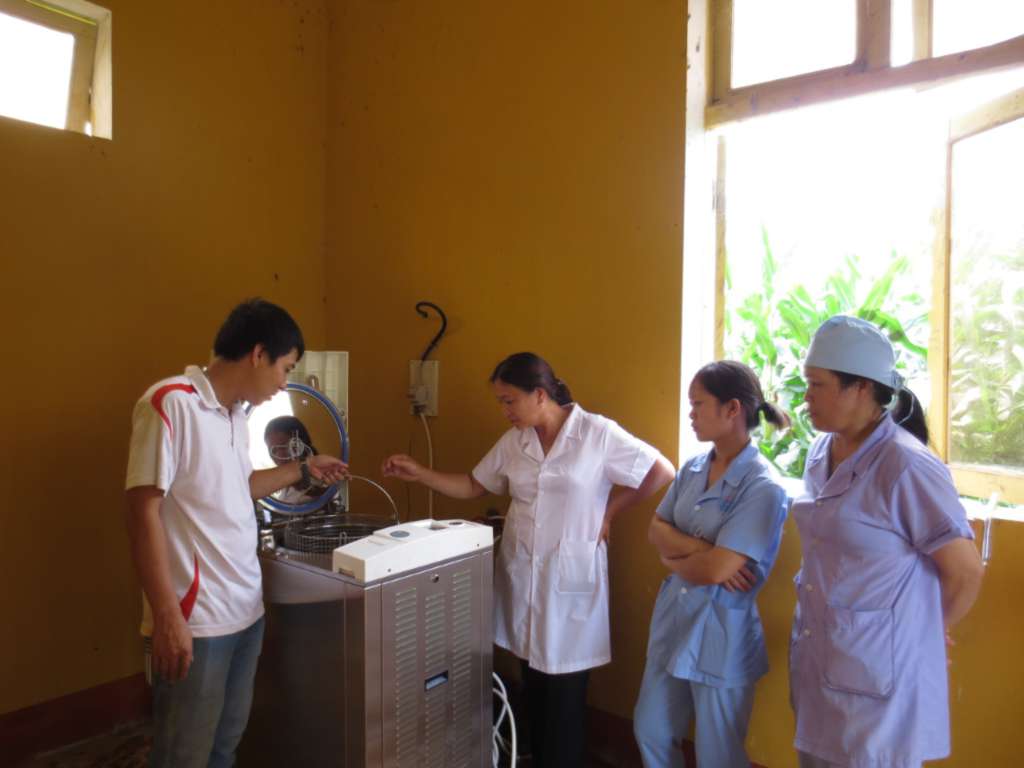
In addition, the project set up a very cost efficient network, allowing these newly equipped health facilities to share their equipment with 91 other commune health centres in the region. Autoclave machines, which sanitize medical waste and enable health workers to safely transport the materials to a landfill or to recycle, replaced the older, out-dated method of using kilns and incinerators to burn waste. Some communities also buried waste materials - even hazardous ones - in surrounding caves and forests.

For these reasons, project VIE/027 teamed up with the Viet Nam Health Environment Management Agency (VIHEMA) to train health staff on the importance of using eco-friendly practices to treat and dispose of medical waste. Cleanliness levels and hygiene awareness were found to be low or absent in the health facilities, and none of the six districts had a medical waste management program in place. Health staff attended pre-training workshops, where they were provided with educational materials including training books, lectures, posters and appropriate tests and governmental documents. Next, staff attended training sessions that gave them the tools and knowledge to properly classify and sort medical waste by type (hazardous, sharps, etc.); to package, store and transport waste; and to utilize the technologies used to treat medical waste.
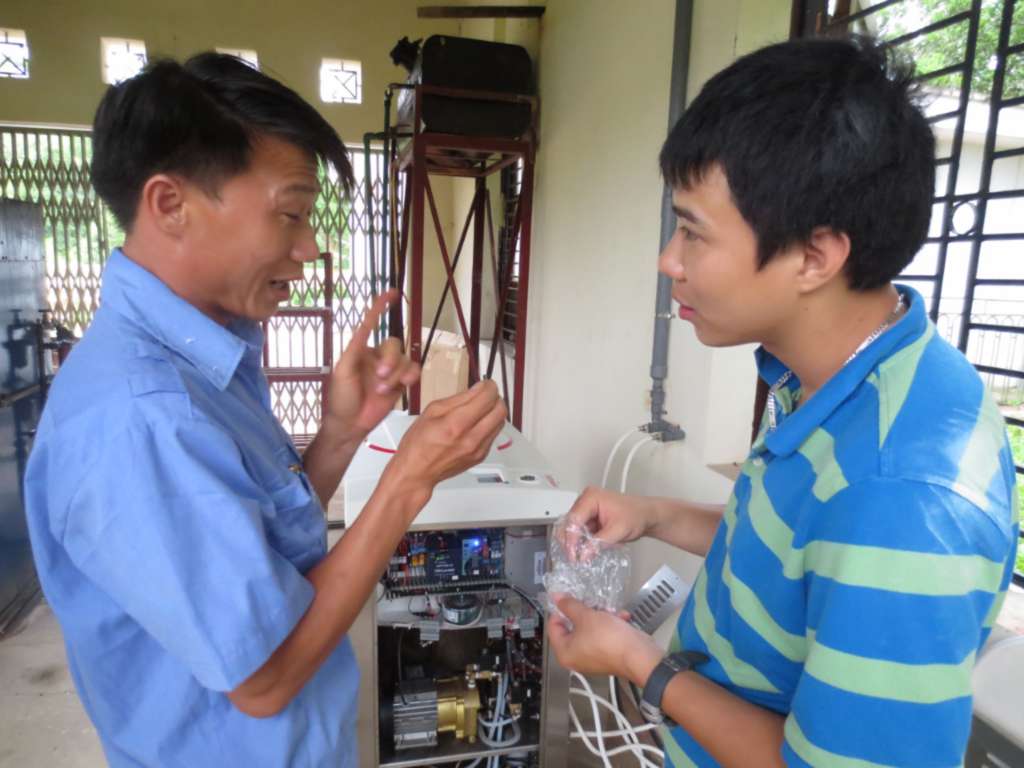
Soon after these training sessions, the medical waste management program was implemented in all health facilities and supervised by the project from April to May 2015. Project managers met with a total of 575 health supervisors and employees during this phase, ensuring that they retained knowledge from the training sessions and had all the necessary materials to educate further staff members who could not attend the classes.
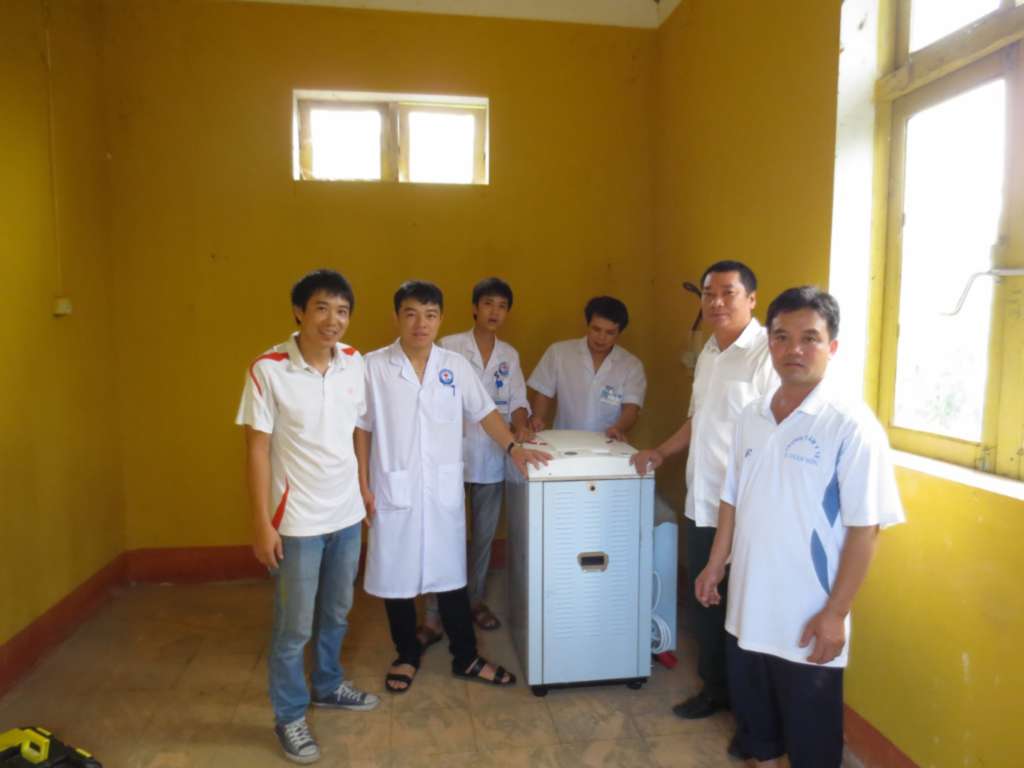
Two types of autoclaves with 19-liter and 51-liter steam chambers were installed in the selected health facilities in June 2015. On-site training and commissioning was conducted in the facilities and a national dissemination meeting was held in August 2015 in Hanoi to discuss program extension opportunities throughout other provinces in Vietnam.

Residents living near health facilities with incinerators noticed a drastic difference when the autoclaves were installed. Ha Quang District in Cao Bang Province in particular experienced some of the heaviest pollution caused by a malfunctioning incinerator. Dr. Nguyen Huy Nga, a professor and senior consultant for the Ministry of Health, said it was a common problem in the two provinces that “some incinerators were already old, obsolete or they created smoke with a bad smell.” Be Thi Bach, coordinator of the Cao Bang Project Management Unit within the district’s health department, said the use of autoclaves has made a tangible difference in the environment. She said, “In the past, for medical waste disposal, the district hospital would treat medical waste by incinerator directly, and this technology created a bad smell and pollution to the surrounding areas. With this new technology, we can avoid air and water pollution.”
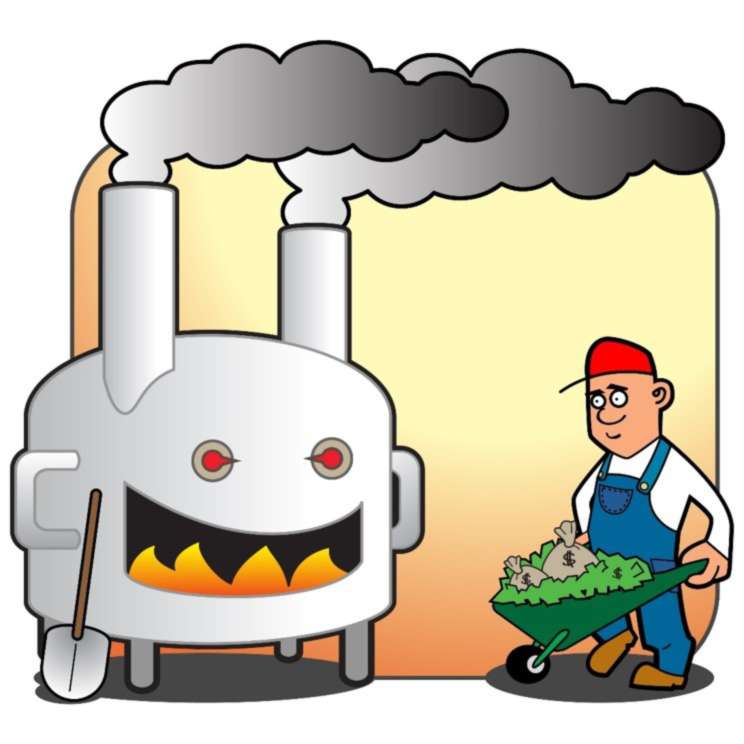
Going forward, project VIE/027 has identified other areas in which the health facilities could benefit, including the need for safety tools like aprons and protective glasses, as well as shredder machines to reduce the volume of waste that is being treated. Health facility managers also said they would like to take the green project one step further by recycling waste that has already been sanitized, including plastic and glass products.

